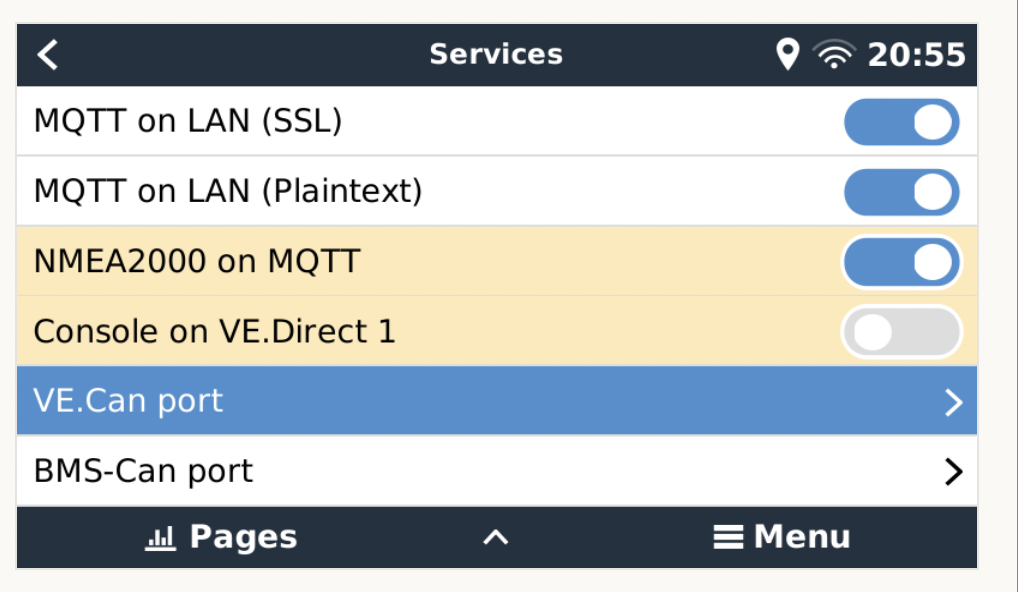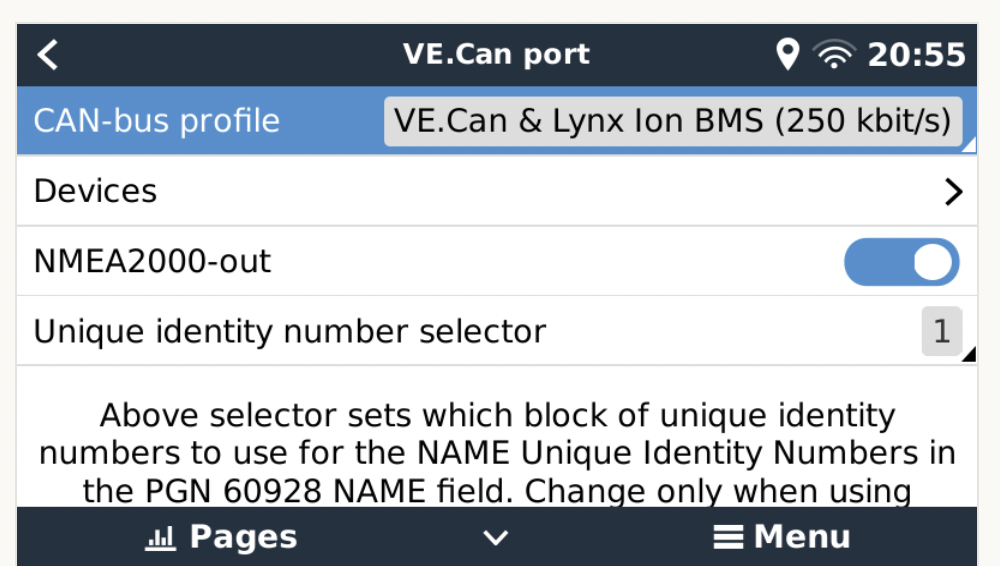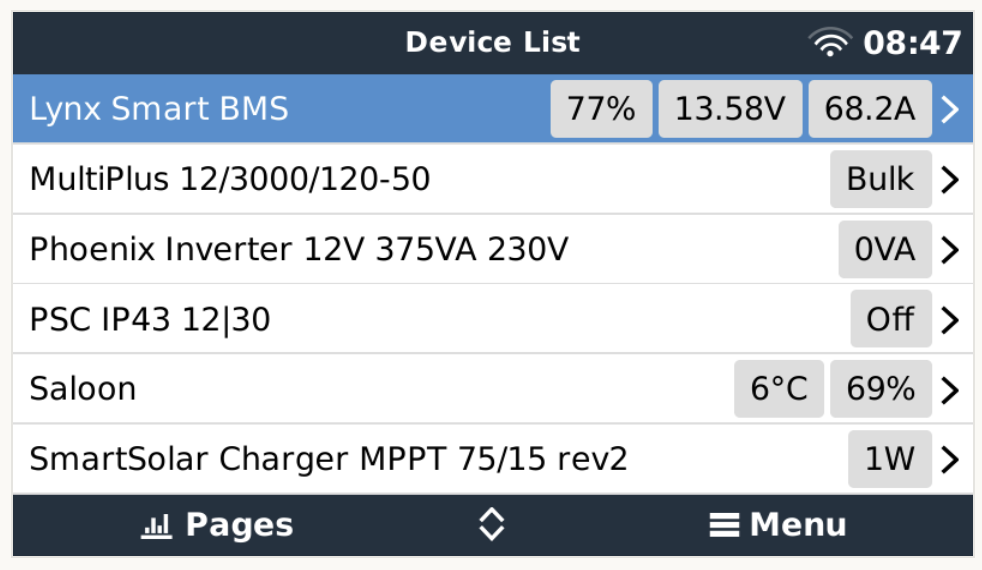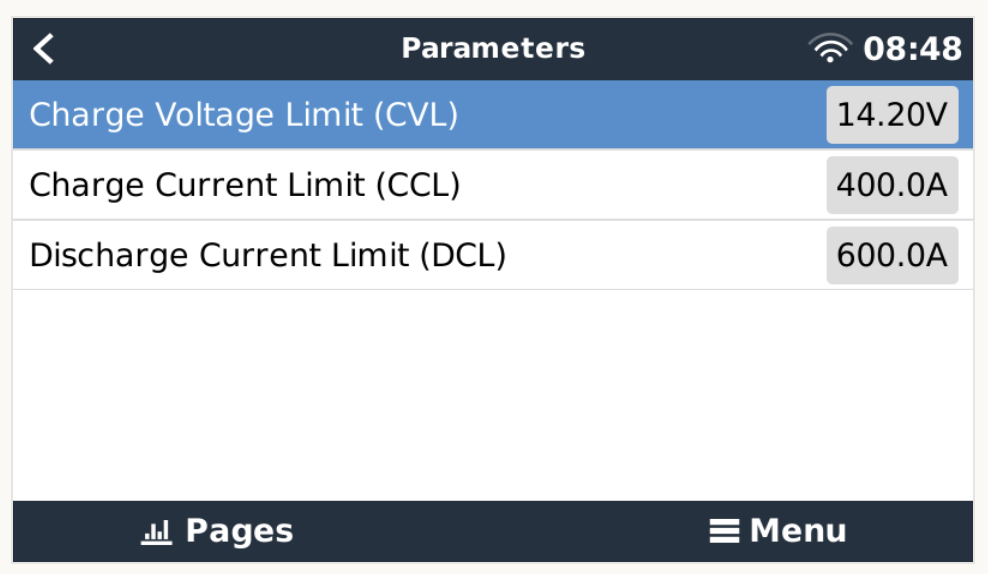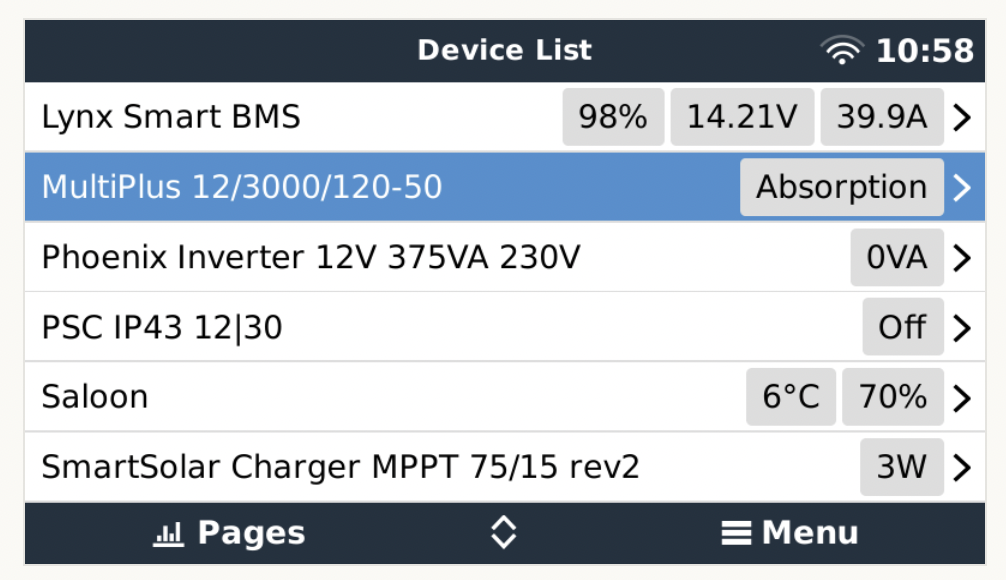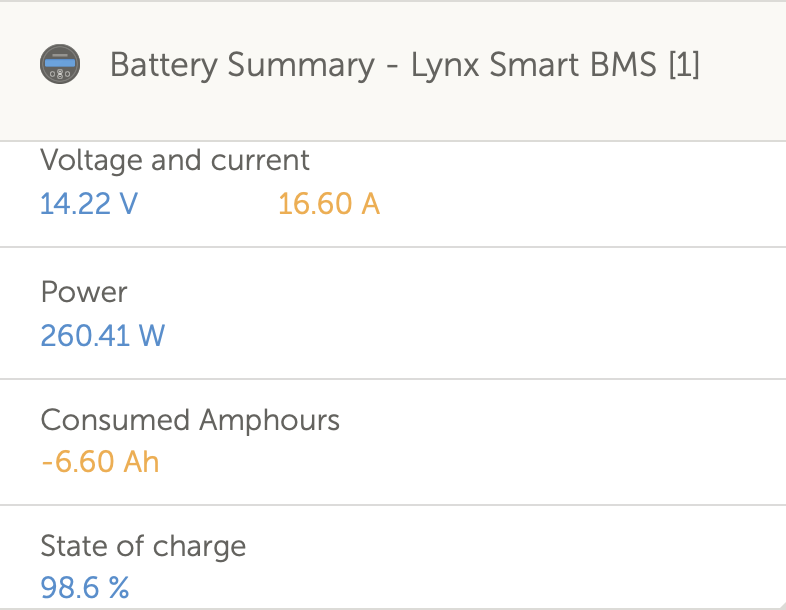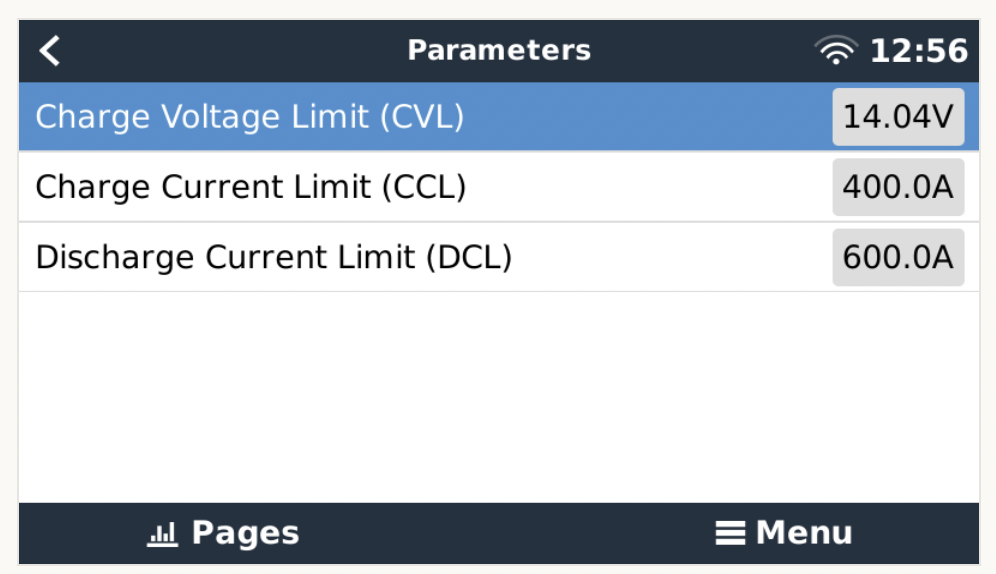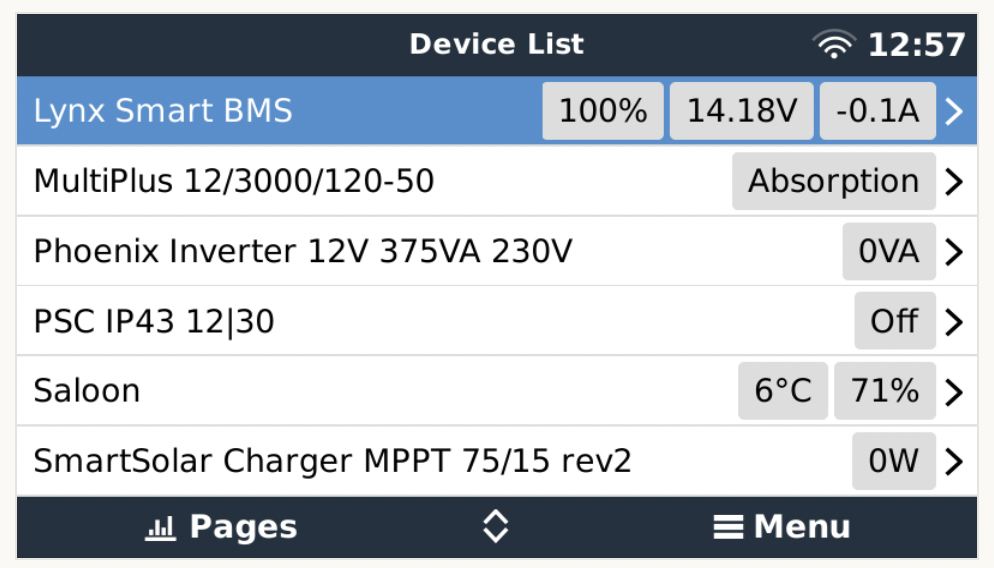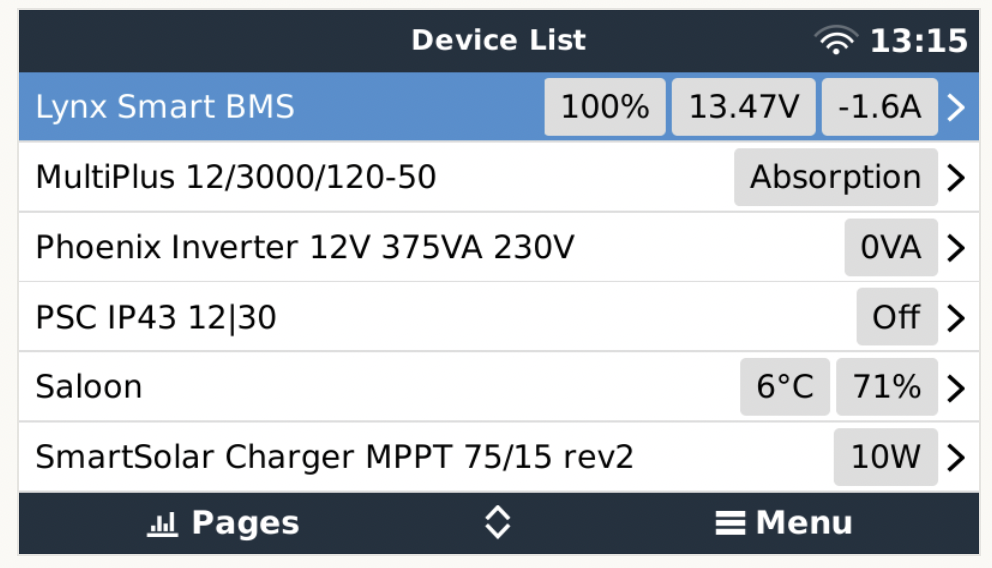I've installed a pair of multiplus 12/3000/120 (in parallel), with Lynx Ion Smart BMS, Cerbo GX, and 4x Victron Lithium 330ah batteries. I've udpated the firmware on all these components. The Multiplus firmware is v490 and the Cerbo GX is v2.81. While I have solar chargers and an SBP, I have not installed them yet in favor of working out all the kinks of the basics before adding on.
As I’m working through my configuration, there’s a few things that do not seem to be working properly.
1) I’m not seeing SOC on my Cerbo GX. When checking the BMS in Victron connect, it shows 100% state of charge. I believe the BMS is working properly because it balanced the batteries from the start and also passed initial testing of disabling the Multipluses and opening it’s contactor when I disconnected the BMS cable from a battery. The manual indicates that SOC should be shown after synchronization, but no luck so far (after several absorption runs of 2 hours)

2) I don’t see the BMS in my device list. Should I?
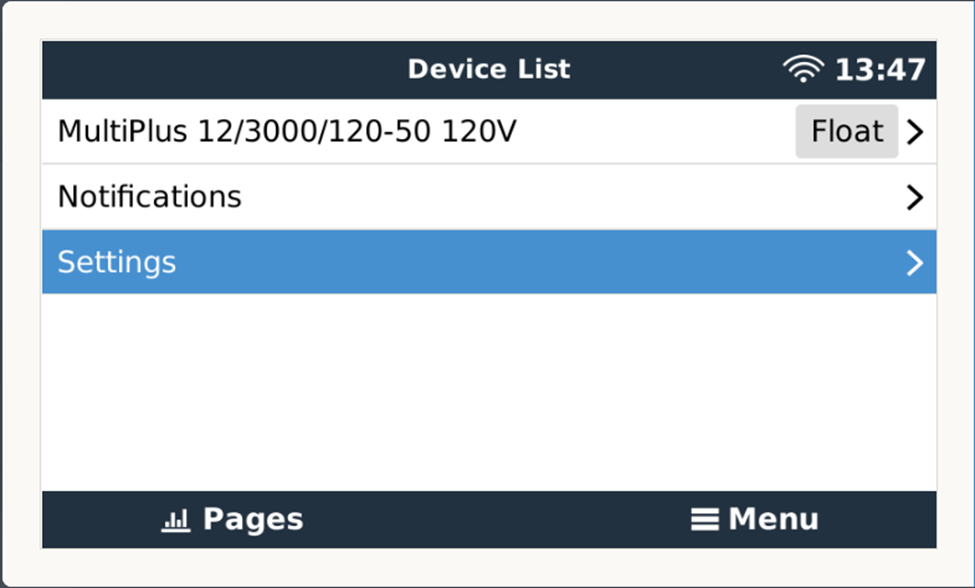

3) I don’t see the BMS as a device option under Battery monitor. Should I? NOTE: It does, however, show up under the VE.Can port settings of the Services menu.
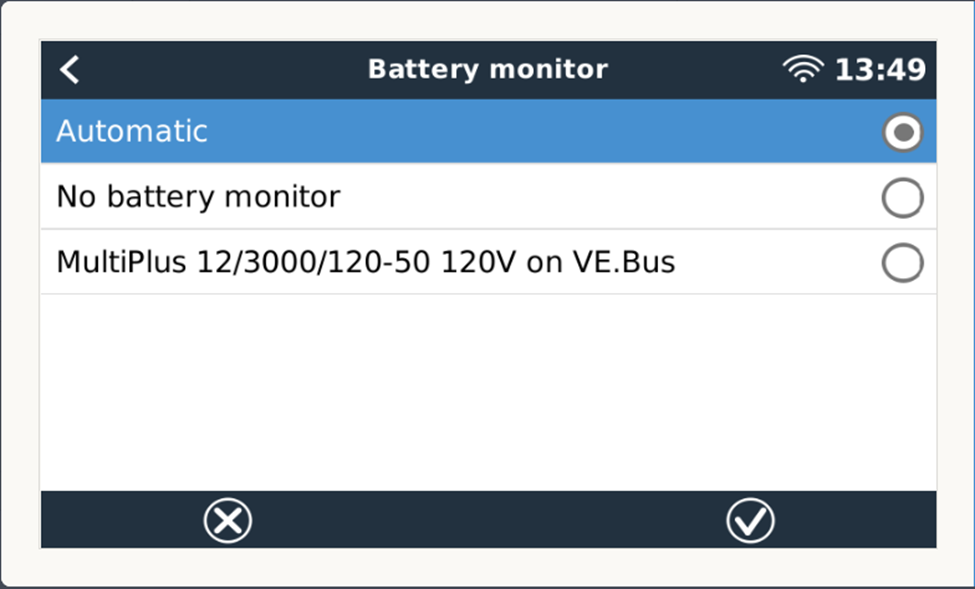
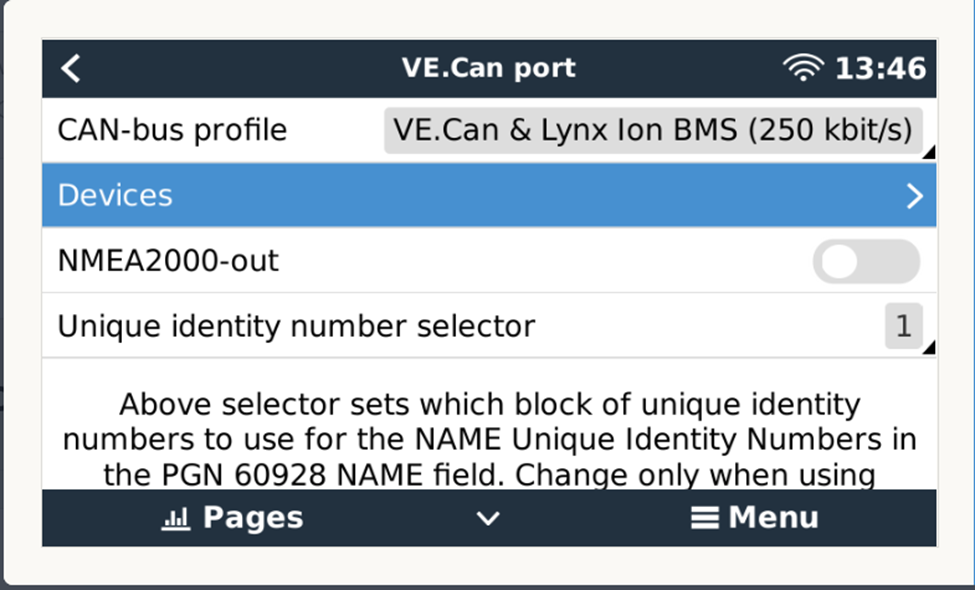
4) And finally, this is more of a question on DVCC. The manual seems to talk more about settings for other manufacturers batteries than for the Victron Batteries. There’s no mention at all for Victron Smart Batteries. Here are my current settings. Could these be introducing an issue with the SOC not appearing on the GX? For my configuration, should I enable SVS, STS, and SCS?
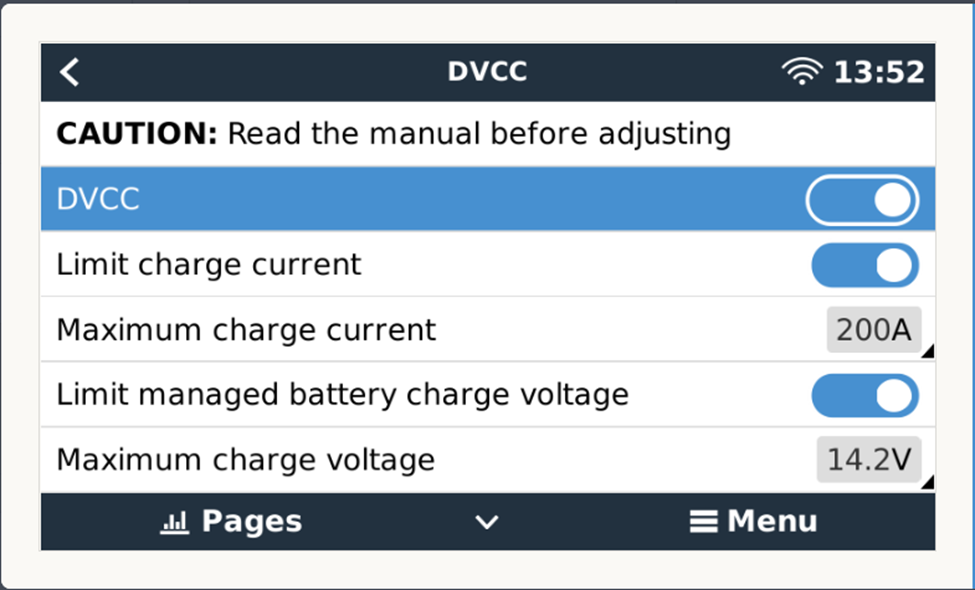
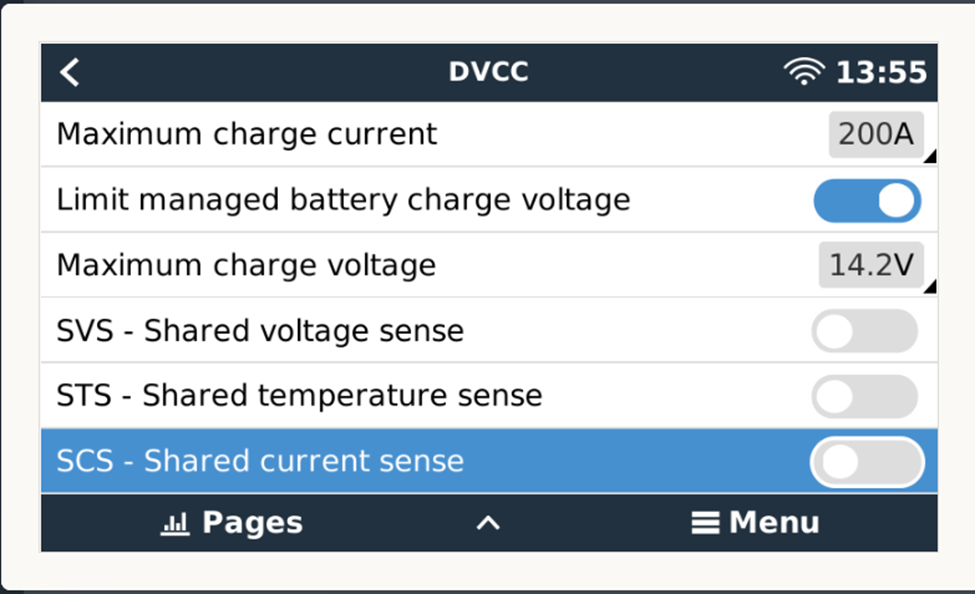
Thank you for your help in advance!

